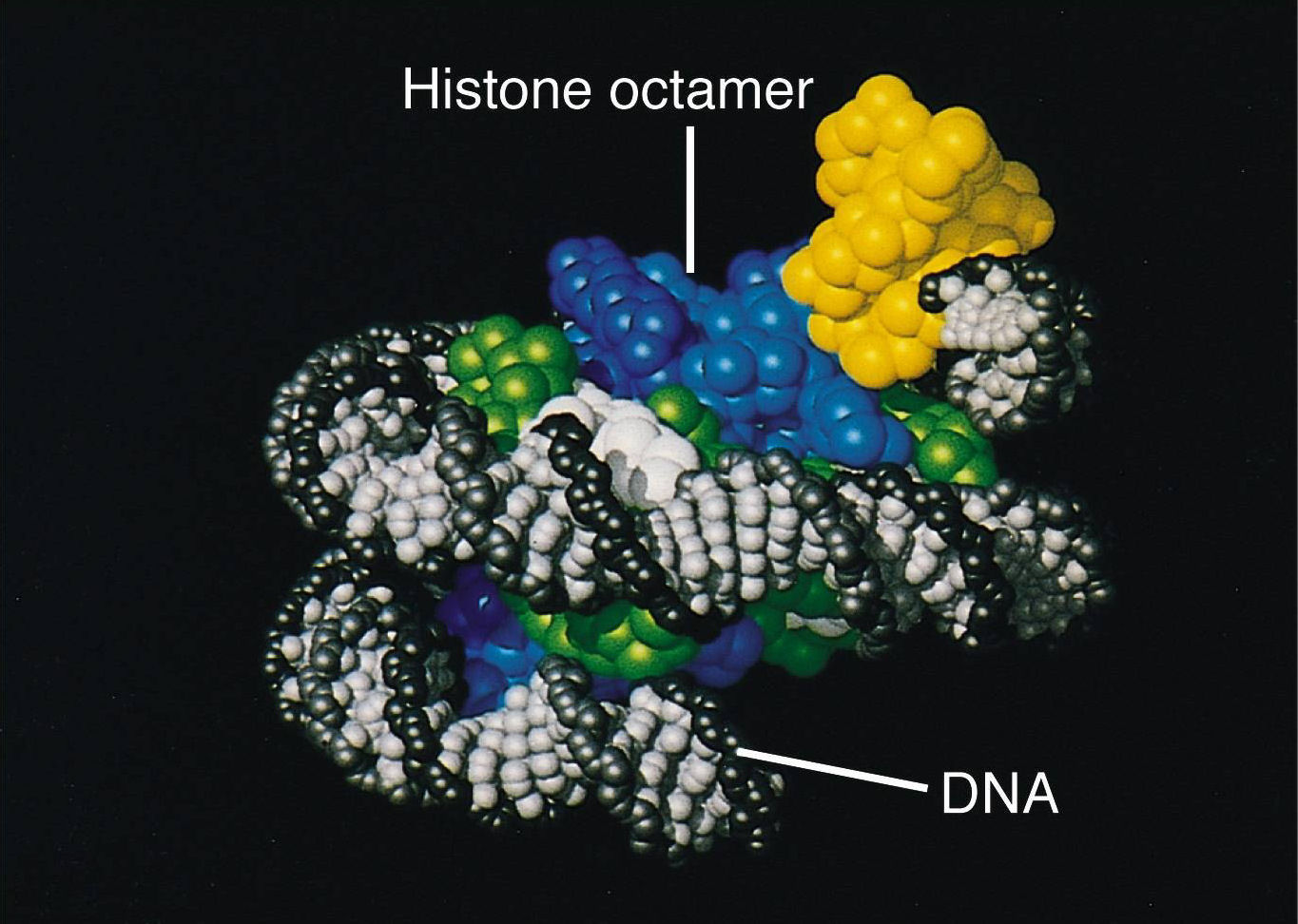The other day one of us posted a link to an important discovery. I can't find that thread in particular to give a proper link and acknowledgment but if someone does, please post it.
The reason for this thread is to discuss the possible applications of that discovery. Previously we started a variety of threads that cataloged as many of the longest lived species we could find but some of those are now buried deep in the past but here are a few I did find.
Oldest tree
40,000 year old shrub
Sea Urchin live 200 years

This is the article that got me thinking about the subject again.
Meet the Only Immortal Species on Earth
The subject of that last is a type of jellyfish that appears to be able to trigger a return to polyp phase instead of dying.
Oh they can still be eaten and they still reproduce but they have been around for a very long time because Hayflick limits and mitochondrial aging don't work the same way with them.
So my thought is why can't we test the ability to just re-engineer mitochondria for the moment using what appears to be a gene in this species that can reset the mitochondria in its cells when it goes through its rejuvenation phase?
I can think of a few more good ideas for studying this species and I expect many of you can also, so please contribute these ideas here but for the moment please think about this approach because it might be way of developing a cancer proof cell for specific tissues and organs. The approach would be to design a new type of mitochondria genome that is still compatible with human tissues and then as the stem cell process is developed to grow organ replacements to insert this gene into those organs at initialization of the process.
Approaching the problem this way would allow a dominate genetic match for the nuclear genes with the host but alter the mitochondria genetics and mask that within the DNA of the host. This may also allow many tissues to be replaced with revitalized mitochondria throughout the body by culturing bone marrow and altering the mitochondria during that process before transplanting the bone marrow back into he patient.
By working with such a primitive species there is another advantage, the gene map of the entire genome and the mitochondria are going to extremely simple, hence it should not be an insurmountable task to isolate the specific genes responsible for this phenomenon. Another reason this approach is potentially a very good source of genetic material is the species in question is not that rare and is relatively cheap and easy to locate, isolate, and obtain from the environment.
Lastly, I would even consider a contest for the best paper written from all Imminst users with a true scientific background that develops a practical model and experimental protocol to test this idea or a related one developed inside this thread.
If there is interest in pursuing the idea of such a contest I will discuss it in a different thread, not this one however. Let's not confuse the issues.

















































